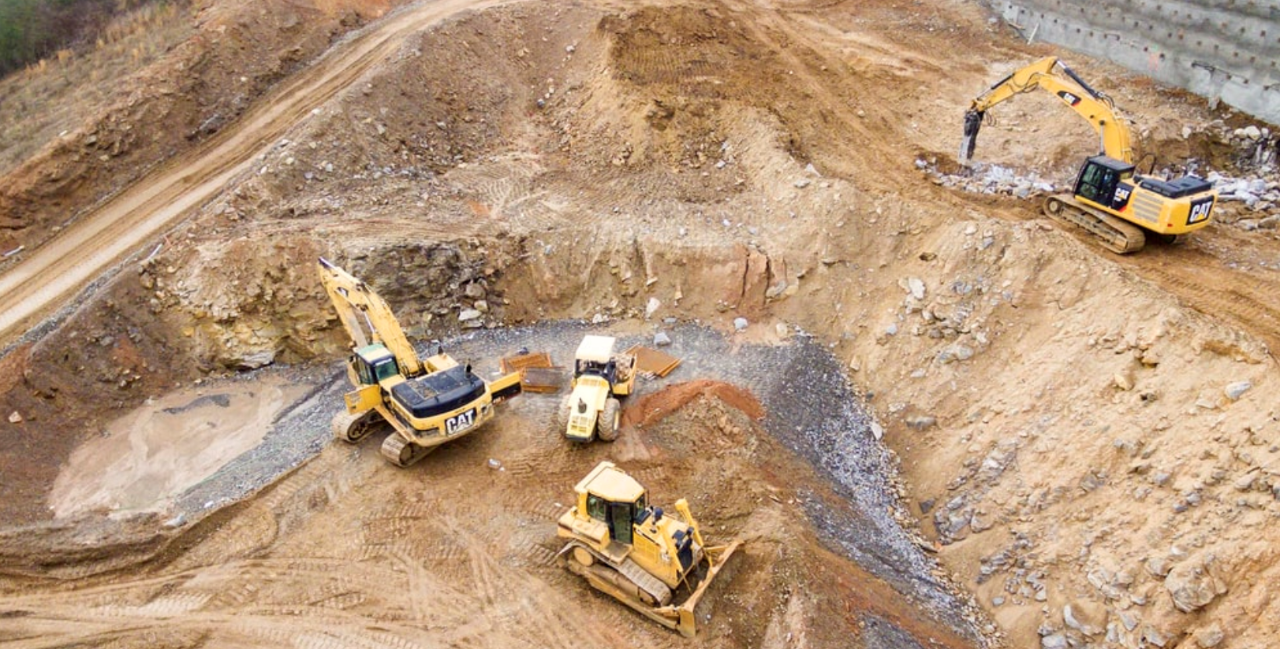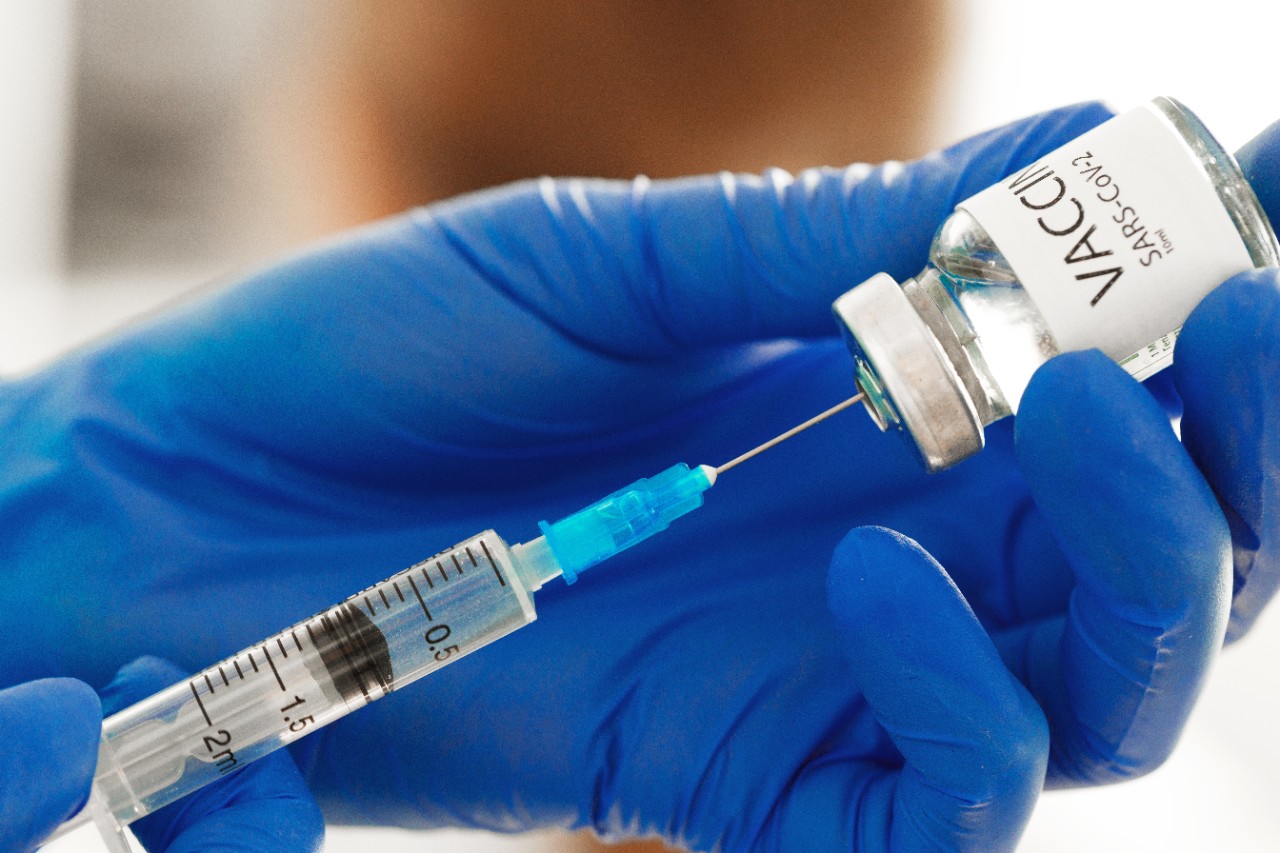Ghana is changing fast: Its nominal GDP more than doubled in the last five years. High growth (+5.4% in 2018, +8.1% in 2017) is expected to continue in 2019 (+7%). Oil and metals are the main growth drivers, adding to key strengths in agricultural commodities (cocoa and coffee). But commodities are not the only game in town. Ghana is less vulnerable to USD shortages than before. The current account deficit narrowed (-3.2% of GDP in 2018, compared to -12% in 2013) and is now fully covered by FDI inflows (+3bn USD in 2018, more than in Nigeria). Ghana also broadened its growth cycle to other sectors. Increased savings (mainly driven by higher export revenues) have helped to finance growing healthcare spending (+1pp contribution to growth in 2018). But, even in a virtuous circle, do not forget credit risk. The government had to close nine banks in 2018, with fiscal costs of 3.4% of GDP according to the World Bank. Good news was the swift resolution, something that is not common in Africa.
















